
This page last revised 01 September 2010 -- S. Gon
Introduction
Ecoregion
Conservation Targets
Viability
Goals
Portfolio
TNC Action Sites
Threats
Strategies
Acknowledgements
▫
Tables
Maps & Figures
CPT Database
Appendices
Glossary
Sources
.
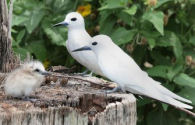
Seabird nesting
concentrations comprise a conservation target based on geospatial
concentrations
of species with special threats and management needs.
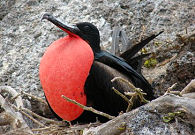
Hawaiian Seabird Nesting Concentrations
The seabirds
associated with the Hawaiian High Islands Ecoregion have suffered a
history of habitat
destruction and predatioon by introduced mammals such as rats, cats,
mongoose, and dogs, so that once-vast nesting areas on all of the
main islands have disappeared, relegated to small offshore islets.
Seabirds in Hawai‘i typically nest during the spring and summer months,
with
nest-building, egg laying, and care of chicks culminating in fledging
and abandonment of the nest by parents and young. The Hawaiian
seabirds included in nesting concentrations include terns (Gygis alba, Sterna spp.),
boobies (Sula spp.), noddies (Anous spp.), shearwaters (Puffinus spp.), petrels (Pterodroma spp., Bulweria bulwerii), and albatross (Diomedea spp.). A concentration is
defined as an area in which consistent nesting occurs by at least one
species of seabirds.
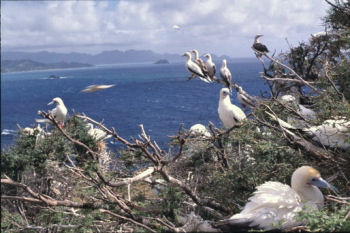
Red-footed Boobies (Sula sula) nest successfully at a military reservation on Mokapu Peninsula, O‘ahu.
When the distribution and
densities of such concentrations were assessed across the
ecoregion, occurrences emerged on the all the major Hawaiian
islands.

Red-footed Boobies (Sula sula) nest successfully at a military reservation on Mokapu Peninsula, O‘ahu.
Distribution of Nesting Concentrations
Seabird nesting concentrations are distributed among the main islands, but are not currently well developed on the islands of Hawai`i, Lāna`i, Kaho`olawe, and Ni`ihau. Most nesting sites occur in areas not dominated by native vegetation, often these are rugged cliffy areas, relatively remote points, or offshore islets. The main factors seem to be areas relatively free from predation by mammals, and relatively undisturbed by human traffic. Thus the seabird nesting conservation areas typically lie outside of all native ecological systems, with the exception of some coastal vegetation areas.
We selected for the ecoregion portfolio so that all of the most viable examples are represented for each of the islands. The islands bearing portfolio seabird nesting concentrations are listed here, and maps of the concentrations are affered below.

Seabird nesting concentrations are distributed among the main islands, but are not currently well developed on the islands of Hawai`i, Lāna`i, Kaho`olawe, and Ni`ihau. Most nesting sites occur in areas not dominated by native vegetation, often these are rugged cliffy areas, relatively remote points, or offshore islets. The main factors seem to be areas relatively free from predation by mammals, and relatively undisturbed by human traffic. Thus the seabird nesting conservation areas typically lie outside of all native ecological systems, with the exception of some coastal vegetation areas.
We selected for the ecoregion portfolio so that all of the most viable examples are represented for each of the islands. The islands bearing portfolio seabird nesting concentrations are listed here, and maps of the concentrations are affered below.

KAUAI STRATIFICATION
UNIT
Ni‘ihau & Kaua‘i Islands
O‘AHU
STRATIFICATION UNIT
O‘ahu Island
MAUI NUI
STRATIFICATION UNIT
Lāna‘i, Moloka‘i
& Maui Islands
HAWAI‘I
STRATIFICATION UNIT
Hawai‘i Island

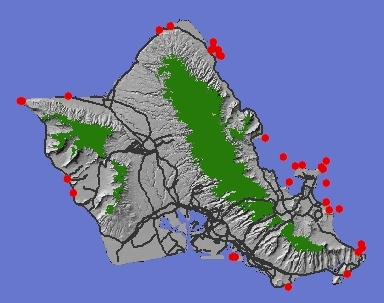
Seabird nesting concentrations on O'ahu
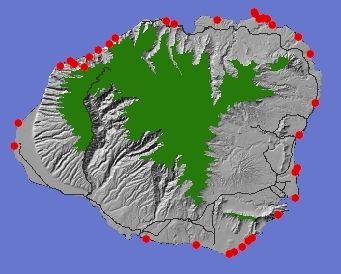
Seabird nesting concentrations on Kaua'i
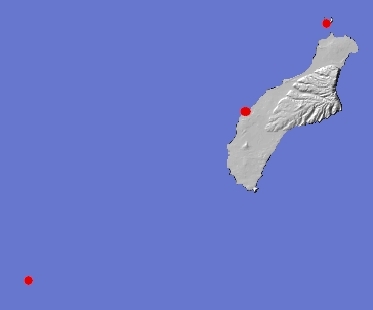
Seabird nesting concentrations on and near Ni'ihau

Seabird nesting concentration near Kaho'olawe
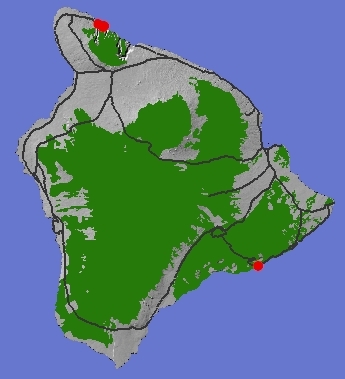
Seabird nesting concentrations on Hawai'i island (in red dots)

Seabird nesting concentrations on Maui
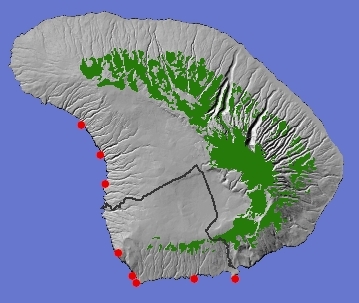
Seabird nesting concentration on Lāna'i
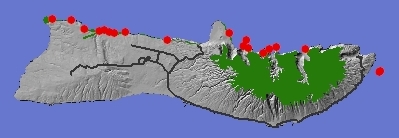
Seabird nesting concentration on Moloka'i
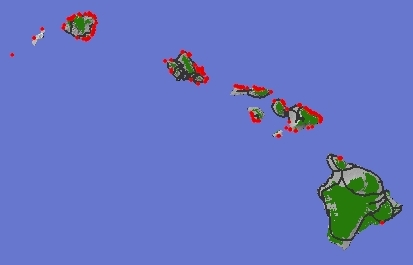
Statewide seabird nesting concentrations